The HTC One: A Remarkable Device, Anand’s mini Review
by Anand Lal Shimpi on March 21, 2013 4:49 PM EST- Posted in
- Smartphones
- HTC
- Mobile
- HTC One
The Camera
If the One’s industrial design and materials choices make it nice to own, it’s the camera that makes the One a must have. In fact, that’s how it all started for me. I popped my test sim into the One and started carrying it around with my iPhone 5 as I went about the user experience part of my review process. I quickly found myself only taking photos using the One, and using the 5 for everything else. After a few days, the 5 was pretty much only used to check iMessages and answer calls to that number - with the One being used for everything else.
I remember talking to Brian after he first learned about what HTC decided to do with the One’s camera system. I believe he said something like “this is exactly what they should be building”. In the three years I’ve worked with Brian I don’t think I’ve ever heard him say that about any smartphone OEM’s decision with any component/subsystem. The strong endorsement was enough to pique my interest in the One.
Brian will go into great detail about the One’s camera in his review, and what I’ll provide here is no where near doing it justice but I’ll do my best.
At a high level, HTC’s strategy with the One is to boldly bow out of the megapixel race and instead integrate a lower resolution rear facing camera sensor with larger pixels. Each pixel in the One’s 4MP rear facing camera sensor is over 2x larger than those in the iPhone 5, and even larger than those in the Galaxy S 4. Larger pixels help ensure a better signal to noise ratio, which in turn can really improve low light performance when paired with a suitable lens.
The downsides are obvious. Very well lit scenarios can suffer compared to a higher resolution sensor, and the bigger issue for HTC is that 4MP doesn’t sound as good to the uninformed consumer compared to the Galaxy S 4’s 13MP rear camera. HTC tried to get around the latter problem by calling its larger pixels Ultrapixels, but then it’s up to point of sale training to ensure that the benefits are adequately conveyed. Call me cynical but I don’t have a bunch of faith there.
The F2.0 lens ensures a bunch of light can hit the sensor, and the result is easily the best low light performance I’ve ever seen in any Android or iOS smartphone. I took this shot during Jen-Hsun’s GTC 2013 keynote earlier this week:
The One seems to want to drive ISO as high as possible to increase brightness, so for this particular shot I manually set ISO down to 100, but otherwise everything else was left to defaults.
The Auto ISO algorithm doesn’t always drive itself super high however, the shot below is outside of Terminal 2 at the RDU airport at 11:29PM:
For this shot I didn’t touch anything and the result was a surprisingly low-noise shot.
It’s not just night shots where the One’s camera excels, but also in the more common poorly lit indoor scenarios where I come away very impressed:
HTC One
In well lit outdoor scenes the One’s camera does a reasonable job (although HTC seems to have an issue with noise in these well lit scenes from whatever processing they seem to be doing):
Integrating a good sensor and camera system is just part of what the One does really well here. The feature that I’ve found resonates the best among normal smartphone users is the highlights reel.
Sense 5.0 will automatically assemble 30 second highlights videos based on photos and video you’ve taken throughout your day. The One automatically adds filters, background music and stitches everything together; all you have to do is use the camera to take photos and video, everything else happens automatically.
The highlights reel below is one that was automatically generated based on my photos and videos from opening day at GTC 2013:
Although highlights reels are automatically generated, you can also generate highlights of individual albums. I created an album of photos I had taken over the past couple of trips (as well as some shots I took at home) and the One created this video:
Each highlights reel is shared as standard MP4 (baseline profile, ~3Mbps 720p H.264), so compatibility isn't a concern.
You can manually choose from multiple themes (filters/music combinations, 6 total), but there’s unfortunately no way to add your own background music yet (I suspect this is coming in the next major update).
The highlights reel is easily the most emotionally engaging feature the One has to offer, even ranking above aesthetics and build quality in my opinion. It’s the type of feature that really seems to resonate with everyone I show it to. The killer aspect in all of this is the fact that the One will put together highlights reels automatically, with no user intervention.
I can see the background music and filters getting boring after a while, and that’s why it’s very important for HTC to quickly enable end users to supply their own audio tracks (as well as quickly - and regularly - expand the collection of filters offered).
The downside to the One’s highlights reel autonomy is the feature remains relatively buried, almost hidden in the gallery app rather than front and center like Blinkfeed. The highlights reel is easy to demonstrate to someone else, it’s just not as obvious of a feature when you pick up the phone for the first time.
I haven’t touched on Zoe, the ability to simultaneously shoot stills and record a short video - both at full res. Zoe is a difficult feature to really explain without demonstrating it, but it does wonders in the creation of highlights reels. Zoe is a great way of dealing with the problem of what to do when your subject is in motion - do you hope for a good still or just capture a video? Zoe interestingly enough does both. It’ll capture a 1080p30 video, as well as 20 full resolution (4MP) stills at the same time.
I’ve mostly been using Zoe as a way to make my highlights reels more interesting, but the best use case I’ve seen was actually by a friend of mine who used it to capture the actions of some street performers in Europe. In one Zoe he had performers spinning on their heads, which typically would make for a good video or an emotionless (but potentially cool) still. Zoe delivered both.
The One, like Nokia’s Lumia 920, features optical image stabilization (OIS), which is designed to help both in shooting video as well as improving low light performance. In practice, I’m not super impressed with the OIS implementation on the One. It seems to need a bit of tuning, but I’ll leave it to Brian to explain exactly what’s going on.
Shot to shot latency on the One is amazing. Video quality is solid as well.
The One has the physical beauty to get you interested, but the camera prowess to keep you engaged.


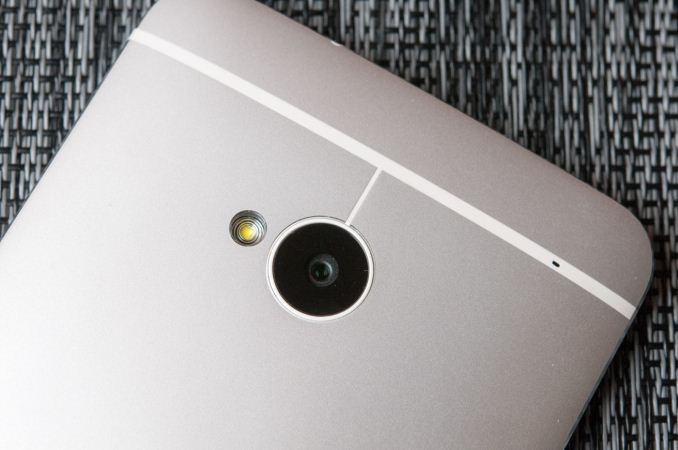
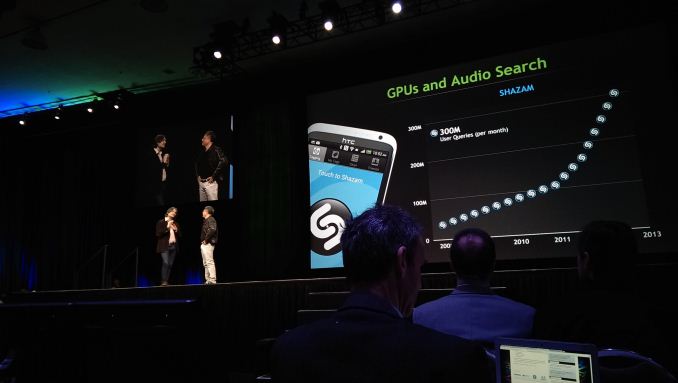

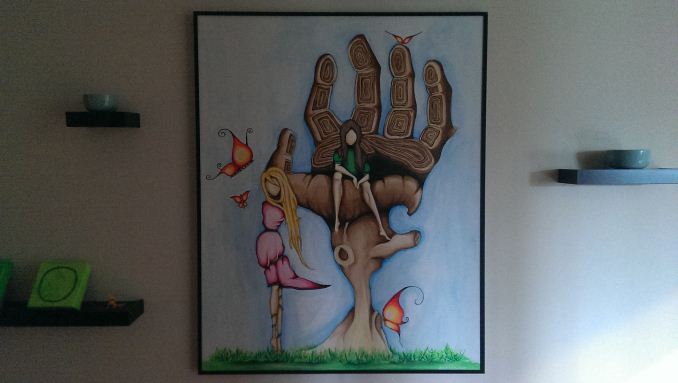
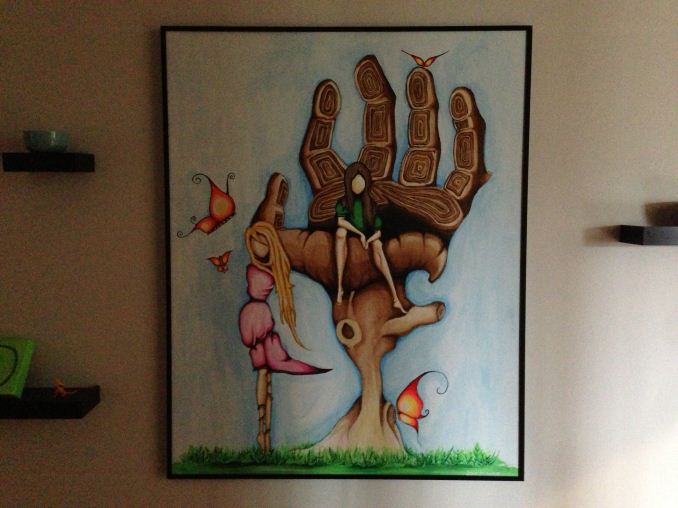
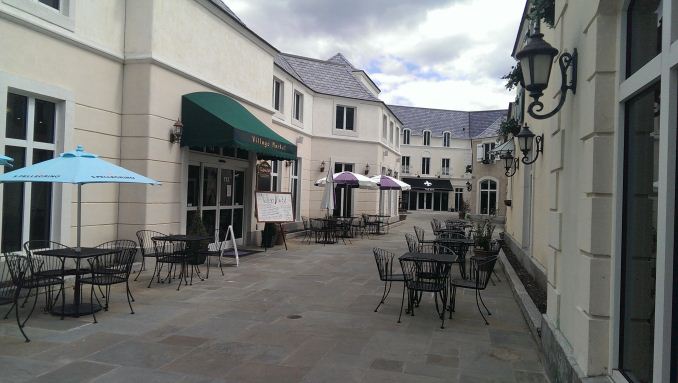








434 Comments
View All Comments
DEECEE - Thursday, March 28, 2013 - link
Pentile AMOLED at 1080P on a 5 inch display is ONLY a problem in tech spec, not in actual user experience. I normally don't look at a phone screen through a microscope, and neither should you to care about Pentile AMOLED.Montago - Friday, March 29, 2013 - link
I've owned a Nokia Lumia 800 that has an AMOLED Pentile display -- its HORRIBLE !the resolution might have been the real problem (480x800 pix) - text was jagged and unreadable - some pictures looked good, others didn't ...
The problem is that you don't notice this problem when testing in the store, it gets anoying over time when you start noticing... i don't know if the SGS4 monitor has the same problems, but i bet they are there.
KoolAidMan1 - Thursday, March 21, 2013 - link
Samsung puts among the worst displays in their smartphones. What are you talking about?Forget about 440 PPI making the Pentile drawbacks irrelevant, their color calibration and contrast are terrible as well.
danbob999 - Thursday, March 21, 2013 - link
their contrasts are the best, given that blacks are perfect (no backlight)B3an - Thursday, March 21, 2013 - link
Well yeah, the blacks are vastly superior on Samsung's AMOLED (as you literally can't get any more black being as theres no backlight) but that's not the same thing as contrast balance. The contrast on my S3 and my S2 before it was pretty badly calibrated, and it varys a lot with each phone as my friend also has an S3 and the contrast is different (poor quality control). Contrast on the One X and iPhone 5 are better calibrated, and colours too. I'm sure it's the same with the One.But then with AMOLED you also get better pixel response times. So theres trade-offs for both LCD and AMOLED. If Samsung just fix the colour and contrast calibration then their displays definitely have the potential to be the best as the underlying OLED tech is superior to LCD in so many ways. I don't think the colours and contrast have anything to do with OLED itself, just that Samsung do not properly calibrate their displays.
BTW the S4 has uses a new diamond shaped pentile display layout, meaning the gaps between each sub pixel are much smaller (the larger gapes caused the fuzzyness/jaggies on the S3 display and others). Meaning the S4's pentile display will look better than the S3's pentile display even if it was still the same resolution. This combined with 1080p res should make it irrelevant if it's pentile or not as i doubt you'd be able to see the difference with human eyes.
robinthakur - Friday, March 22, 2013 - link
But that is what people said about the S3 when it first came out and I could see it immediately when I bought it. Coming from an iPhone the lack of quality display on the S3 is jarring. Text looks so much worse, it really ruins webpages and books.krumme - Friday, March 22, 2013 - link
There is certainly room for improvement here, as text imho is not sharp enough. But as explained earlier, that will probably be history now for s4. Besides, the brightness seems to have improved a good deal also. Thats perhaps more important for most people.CeriseCogburn - Monday, March 25, 2013 - link
The galaxy note 2 looks better than both of them.krumme - Friday, March 22, 2013 - link
As you have an S3, you might want to change the color profile to neutral. There is something besides the calibration and the black/white dynamics. There is dynamics of the individual colors, and thats what makes a lively picture and real world resemblance.You better get used to oled, because its comming to all high-end phones in the future.
piroroadkill - Friday, March 22, 2013 - link
Blacks can't be more black? Nope.I have a phone with a Super AMOLED 720p screen, and I'd wish for a good quality LCD in a heartbeat. My old Desire HD's screen has far, far better colour and appearance. Only the size and sharpness is better on my new one.
AMOLED degrades, horribly, leaving a tint.
Also, blacks aren't as black as you think. Turn on your AMOLED phone at night in a totally dark room, put a totally black screen up on it. It still has a faint grey glow, and infact, now you'll notice the horrible degradation of the screen - it manifests on mine as what look like "ink blots" only visible in very dark situations. Confirmed by many others around the internet.
Do not champion OLED. It's a technology leading us to planned obsolescence.